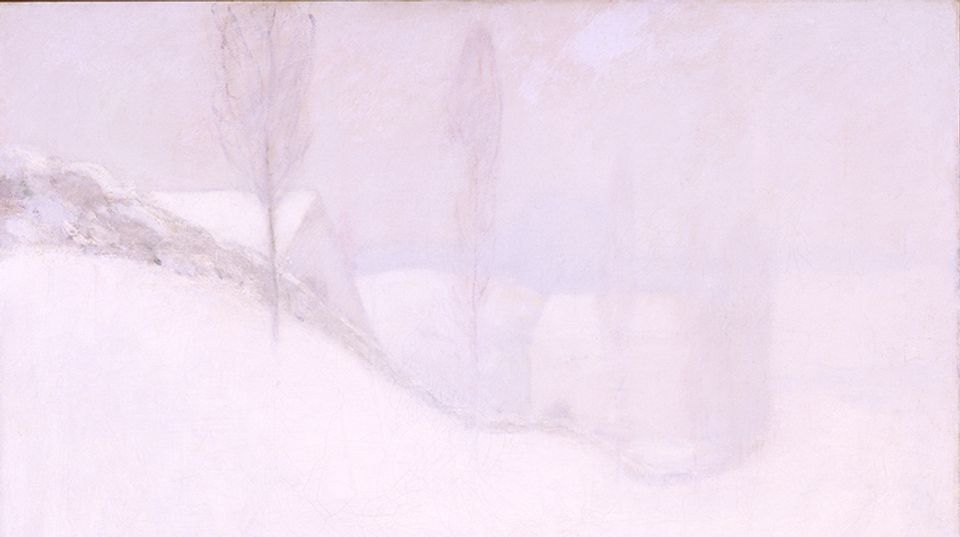
George Lucas
Note: The following is an excerpt from an interview with George Lucas by Laurent Bouzereau, filmmaker, and Virginia Mecklenburg, senior curator at the Smithsonian American Art Museum, on September 12, 2008.
Laurent Bouzereau and Virginia Mecklenburg: Do you remember the first time you saw Norman Rockwell?
George Lucas: Well, I grew up in the heyday of the Post magazine. We subscribed and every week or so we'd get a picture in. I would enjoy it and I became a fan of illustrators. I liked drawing, I liked art, and I especially liked magazine illustration and comic illustration. So that was my first introduction to art in general. And then as I went on I took history of art and a lot of other things that broadened my range of art appreciation, but at the same time my heart stayed with illustrators. When I graduated from high school, I really wanted to go to Art Center and become an illustrator. My father didn't want to have an artist in the house, so I ended up going into anthropology instead. But eventually that's probably what moved me into film in the first place. But I like the sentiment. I've always been interested in art. I've always been interested in anthropology, and I've always been interested in art that speaks to the time in which it was made.
LB and VM: And Norman Rockwell, specifically to your point, speaks to that.
GL: As somebody that records a time, I think he's brilliant at it. Because it's not just recording it, he captures the emotion and more importantly the fantasy, the ideal of that particular time in American history. So you really get a sense of what America was thinking during those years and what their ideals were, and what was in their hearts.
LB and VM: Rockwell said he painted life as he'd like it to be. Do you agree with that statement?
GL: Well, I'm not sure—that's true, I mean, we say that in movies. When we were in film school, we would say, "We're not making movies about the way things are, we're making movies about the way things should be." And that's the power you have as an artist, to be able to put your spin on reality and make it the way you think it should be. Rockwell created his art to relate to people, but at the same time he showed generations to come what it was like in those years.
LB and VM: You have a number of Rockwell sketches, as opposed to the final piece. Tell me about that.
GL: With Rockwell the pencil sketches are as illuminating and as interesting as the paintings. Sometimes even more interesting. He simplified his style very much during the 1960s and late '50s, and I like his earlier works, and I like the sketches of the later works because they have much more detail in them, and they're much more elaborate.
LB and VM: Tell me about Happy Birthday Miss Jones. Steven has the painting and you have the study. I'm wondering what your emotional reaction is to that particular painting and sketch?

















